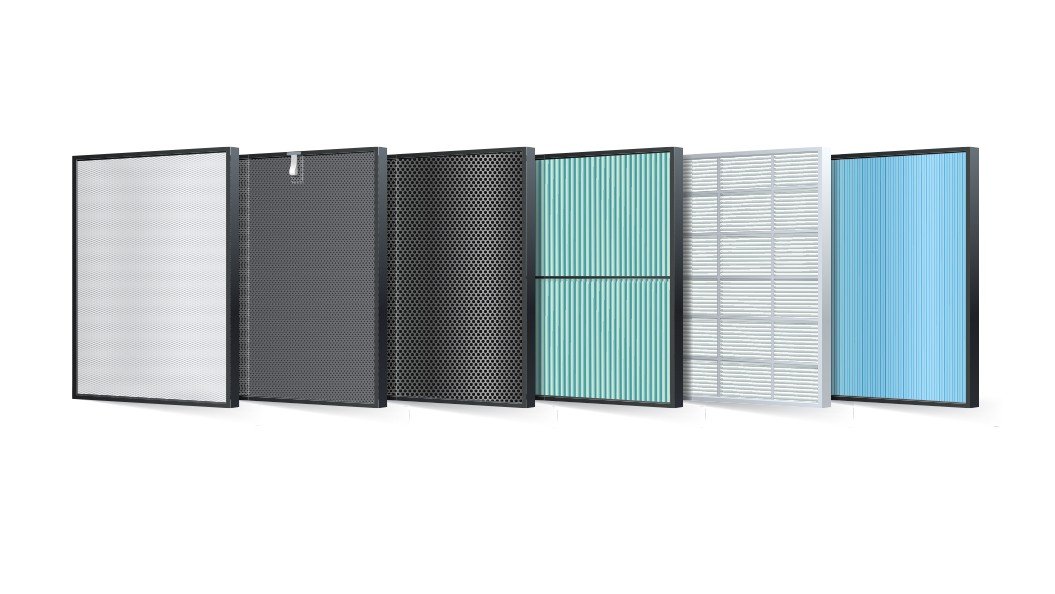The MERV rating, or Minimum Efficiency Reporting Value, is a measurement system used to determine the effectiveness of air filters. This rating helps consumers understand how well an air filter can remove particles from the air passing through it. The MERV rating scale ranges from 1 to 16, with higher numbers indicating a greater ability to capture smaller particles.
Filters with a low MERV rating, say between 1 and 4, are typically effective at capturing larger particles like dust and pollen. These filters are often found in residential heating and cooling systems. On the other hand, filters with a high MERV rating, such as 13 to 16, can capture finer particles, including smoke, pet dander, and even some bacteria and viruses. This makes them an excellent choice for those with allergies or respiratory issues.
When selecting an air filter, it's crucial to consider the MERV rating based on your specific needs. A higher MERV rating usually means better air quality, but it can also lead to increased resistance to airflow, which may strain your HVAC system. Therefore, it's essential to find a balance between efficiency and compatibility with your system.
Importance of MERV Ratings
The MERV rating, or Minimum Efficiency Reporting Value, is crucial when selecting air filters for your home or workspace. This system rates the effectiveness of air filters in trapping particles ranging from large dust to tiny allergens. Understanding MERV ratings helps you make informed choices, ensuring the air you breathe is clean and healthy.
A higher MERV rating indicates that a filter can capture smaller particles more effectively. For instance, filters with a MERV rating of 1 to 4 are typically used in residential settings and can trap larger dust particles, while those rated 5 to 8 can capture smaller pollen and mold spores. If you suffer from allergies or asthma, opting for a filter with a higher MERV rating can significantly improve indoor air quality, helping to alleviate your symptoms.
However, it’s essential to match the MERV rating of your filter with your HVAC system’s capabilities. Some systems may struggle to push air through filters with very high MERV ratings, which can reduce airflow and efficiency. Therefore, understanding the right balance between MERV rating and system compatibility is key to maintaining a comfortable environment in your home.
How to Choose a Filter
Choosing the right air filter can feel overwhelming, especially with so many options available. A good starting point is to understand the MERV rating of the filters you are considering. MERV stands for Minimum Efficiency Reporting Value and it measures a filter's ability to capture particles of different sizes. Filters with higher MERV ratings can capture smaller particles more effectively, making them a great choice for those who suffer from allergies or have respiratory issues.
When selecting a filter, first consider your specific needs. If you live in an area with high levels of dust, pollen, or pollution, a filter with a higher MERV rating (such as 11 or 12) may be appropriate. Conversely, if you simply need to protect your HVAC system from larger particles, a filter with a lower MERV rating (between 1 and 4) might suffice. Always check your HVAC system's specifications, as some systems may not be compatible with higher efficiency filters due to airflow restrictions.
Additionally, take into account how often you are willing to change the filter. High MERV rating filters can trap more particles, but they also tend to clog faster. This means you might need to change them more frequently to maintain optimal airflow and efficiency. Balancing the increased filtration with the maintenance required is key when making your choice.
Finally, don’t forget to consider your budget. Filters with higher MERV ratings can be more expensive, but investing in quality air filtration can lead to better indoor air quality and may reduce healthcare costs in the long run. Reviewing product information and ratings can help you make an informed decision that meets your needs without breaking the bank.
Tips for Maintaining Your Filters
Maintaining your air filters is crucial for ensuring they operate effectively and continue to provide clean air in your home. Here are some practical tips for keeping your filters in top shape. First and foremost, it’s important to regularly check the MERV rating of your filters. A higher MERV rating means better filtration, but also a need for more frequent changes. Depending on your home’s air quality and usage, you may need to replace them every one to three months.
Next, consider investing in a monitoring system that tracks the performance of your filters. Some modern HVAC systems come equipped with sensors that alert you when your filters need changing. This can be particularly helpful if you have a high MERV rating filter, which, while effective, may clog more quickly than standard options. Keeping an eye on your filters helps maintain not just indoor air quality but also the efficiency of your heating and cooling systems.
Don’t forget about regular cleaning and maintenance around your filter area. Dust and debris can accumulate quickly, compromising the performance of even the best filters. Make it a habit to clean the surrounding space when you check your filters. Furthermore, use a vacuum or damp cloth to remove dust around the filter housing to ensure optimal airflow and maximize the effectiveness of your MERV rated filters.
Lastly, consider your specific needs when choosing filters. If you have allergies or pets, a higher MERV rating can help trap more allergens and pet dander, making it worth the extra maintenance. Conversely, if you find that changing filters often is becoming cumbersome, you might want to look into filters with a medium MERV rating that still offer good performance but require less frequent changes.

